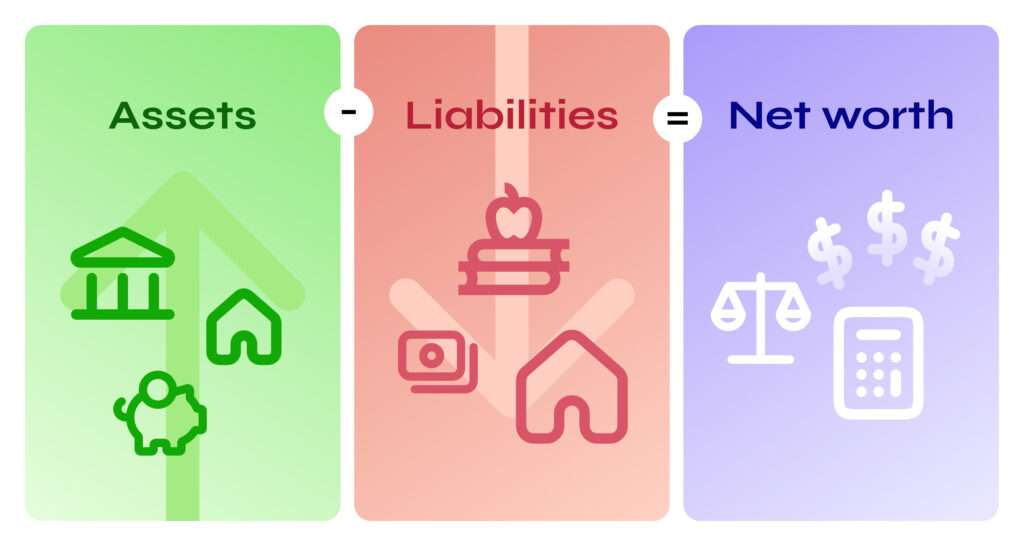When it comes to managing your money, not all goals are created equal. Some are urgent and achievable within months, while others may take years—or even decades. That’s why separating your short-term and long-term financial goals is essential for smart planning and sustainable success.
In this article, we’ll explore the difference between short- and long-term goals, give examples, and help you prioritize both effectively.
What Are Short-Term Financial Goals?
Short-term goals are things you want to achieve in the next few months to three years. They help you build momentum, improve discipline, and prepare for bigger milestones.
Examples:
- Build a $1,000 emergency fund
- Pay off a small credit card debt
- Save $500 for holiday shopping
- Set up a monthly budget
- Build a good credit score
- Save for a vacation next summer
Short-term goals are the foundation of your financial success.
What Are Long-Term Financial Goals?
Long-term goals are financial targets that usually take more than three years to achieve. These require long-term planning, consistency, and patience.
Examples:
- Buy a house in 5–10 years
- Pay off student loans
- Save for retirement
- Start and grow an investment portfolio
- Fund a child’s education
- Reach financial independence
These are your big-picture goals—they define your future lifestyle and security.
Why You Need Both
Short-Term Goals Help You:
- Create quick wins and motivation
- Develop better financial habits
- Prepare for long-term success
Long-Term Goals Help You:
- Stay focused on your vision
- Make smarter day-to-day decisions
- Build generational wealth
Balancing both creates a strategy that’s flexible, motivating, and future-proof.
How to Prioritize Your Financial Goals
- List all your goals (big and small)
- Sort them by time frame
- Estimate how much each will cost
- Rank them by importance and urgency
- Set a realistic timeline for each
Tips for Managing Both Types of Goals
1. Use Multiple Accounts
Have separate accounts for:
- Emergency fund
- Short-term savings (vacation, gadgets)
- Long-term goals (retirement, house down payment)
This helps avoid “accidental spending.”
2. Automate Your Savings
Set up automatic transfers for both short- and long-term goals. Even small, consistent amounts add up.
3. Track Progress Monthly
Use a spreadsheet or app to monitor your goals. Celebrate milestones—even small ones.
4. Adjust as Life Changes
Life is unpredictable. Revisit your goals every 6–12 months to stay aligned with your priorities and income.
Final Thoughts: Plan for Today and Tomorrow
The key to a strong financial future isn’t choosing between short-term and long-term goals—it’s building a system that supports both. Start with manageable wins, and let those fuel your drive toward bigger dreams.
Financial peace comes from knowing you’re growing in the right direction—now and in the future.
